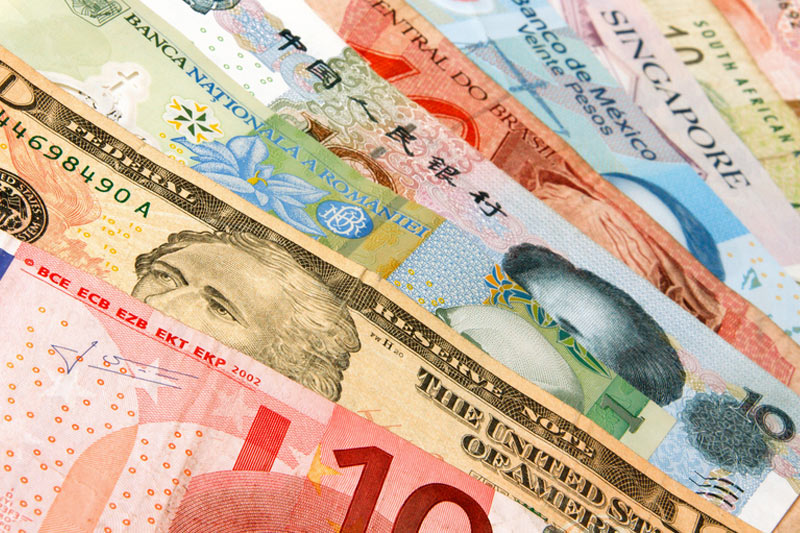
South African Rand Strengthens Ahead of Key Economic Data Releases
The South African rand showed resilience at the start of the trading week, gaining 0.3% against the U.S. dollar ahead of a series of economic data releases. Investors are closely watching these reports to assess the health of Africa’s most industrialized economy and its future policy direction. 📊
Rand's Performance and Market Sentiment
As of 07:48 GMT, the rand was trading at 18.39 per U.S. dollar, reflecting a slight uptick from its previous close. The currency's movement comes amid a broader retreat in the U.S. dollar, which weakened by 0.1% against a basket of major currencies.
Market analysts attribute the rand’s performance to two key factors:
- 💵 Weaker U.S. Dollar: Disappointing economic data from the United States, combined with concerns over new tariff policies, have weighed on the greenback, indirectly supporting emerging-market currencies like the rand.
- 🧾 Anticipation of Economic Data: Investors are awaiting South Africa’s consumer inflation, producer inflation, and trade balance reports, which will provide insights into the country’s economic trajectory.
Key Economic Data to Watch This Week
1. Consumer Inflation Report (Wednesday)
The upcoming consumer inflation data is crucial for understanding South Africans' purchasing power and cost of living. If inflation remains high, it could pressure the South African Reserve Bank (SARB) to maintain a tight monetary policy.
2. Producer Inflation Data (Thursday)
This report will offer insights into cost pressures faced by manufacturers. Rising producer prices often lead to higher consumer inflation, influencing monetary policy decisions.
3. Trade and Budget Balance (Friday)
These figures will provide a comprehensive picture of South Africa’s economic stability. A positive trade balance could strengthen the rand, while a widening budget deficit might trigger concerns over fiscal sustainability.
Market Reactions and Investor Sentiment
Despite the rand’s strength, South Africa’s stock market faced downward pressure, with the Top-40 index falling 0.7%. However, government bonds saw a slight improvement, with yields on the 2030 benchmark bond dipping 0.5 basis points to 9.165%, indicating modest investor confidence.
ETM Analytics noted that the rand’s performance reflects a delicate balance between domestic economic factors and global market trends. While the weakening U.S. dollar provides short-term support, the local currency remains vulnerable to external shocks and shifts in investor sentiment.
What’s Next for the Rand?
- 📈 Inflation Data Impact: If inflation remains high, SARB might delay potential interest rate cuts, supporting the rand in the short term.
- 🌎 Global Market Trends: The rand's movement will also depend on U.S. economic developments and Federal Reserve policies.
- 💰 Investor Sentiment: Any signs of fiscal instability in South Africa could weaken confidence and put pressure on the currency.
Key Takeaways for Traders and Investors
- ✅ Rand Strengthens: Up 0.3% against the dollar, supported by weak U.S. data.
- 🧐 Inflation and Trade Data in Focus: Critical reports this week will shape market expectations.
- 📉 Stock Market vs. Bonds: Equities decline, but bond markets show resilience.
- 🌐 Global Influences: The U.S. dollar’s movement and Federal Reserve policies remain key external factors.
With major economic reports on the horizon, volatility is expected in the South African rand, presenting both risks and opportunities for investors. 📈📉
You might also like:
- Indian Rupee Under Pressure as State Banks Buy Dollars for Oil Imports
- Bulgaria's Anti-Euro Protests: Nationalism, Economic Concerns, and Political Tensions
- Dollar Weakens Amid Economic Uncertainty: Global Currency Movements and Market Reactions
- RBI's $10 Billion FX Swap: Impact on Rupee Liquidity and Bond Markets
